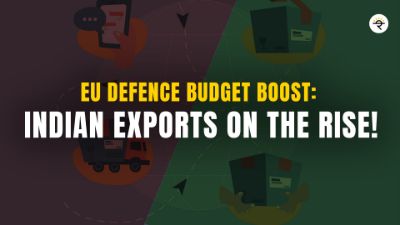In a refreshing turn for investors, today’s session witnessed a remarkable rebound on Dalal Street. With the Sensex rallying by over 600 points and the Nifty comfortably topping the 22,500 mark, the market seems to be catching its breath after a period of uncertainty.
Market Overview
At the closing bell today, Indian benchmark indices registered a strong recovery. The Sensex gained 609 points, marking its second consecutive day of upward momentum. Meanwhile, the Nifty demonstrated its resilience by exceeding 22,500 points. This rally was bolstered by a broad-based advance, with blue-chip stocks and even some small-cap names showing healthy gains. Positive global cues, coupled with favorable domestic trends, have breathed new life into the market.
News Breakdown: A Tale of Two Investors
Meet Rahul and Neha—two friends with different levels of market experience. Rahul, a seasoned investor, has seen the ups and downs of the market over the years. Neha, relatively new to the investing world, has been closely following the news, curious about what this rally means for her portfolio.
During a casual chat over coffee, Rahul explained, “You know, Neha, today’s numbers are more than just digits. The Sensex climbing 609 points and the Nifty crossing 22,500 tell us that investors are beginning to see signs of strength again after a rough patch. It’s like the market is shaking off its fears.”
Neha, eager to understand, asked, “But what really pushed the market up today? Is it just a one-off, or are there underlying factors at work?”
Rahul replied, “There are a few factors at play—global cues such as easing tensions and lower crude oil prices have definitely provided a tailwind. Domestically, investor sentiment is picking up, the market’s rebound looks well supported.”
This friendly exchange mirrors the broader market narrative today: cautious optimism is replacing uncertainty as investors collectively shift their focus to long-term growth and resilience.

Impact Analysis
The rally has several implications for the Indian stock market:
● Investor Sentiment: The rebound is a signal of improving confidence. After months of volatility and external pressures, today’s surge has reinvigorated investor belief in the market’s fundamentals.
● Market Liquidity: With increased buying activity, the market liquidity has improved. This not only supports higher valuations but also points to a more stable trading environment in the near term.
● Future Outlook: While the gains are encouraging, seasoned voices like Rahul remind us that markets can be unpredictable. The rally is a positive sign, yet investors should remain alert to global and domestic uncertainties that could influence future movements.
Investor Sentiment & Caution
It’s important to note that while today's rally provides a boost, investing in the stock market always carries risks. The current market rebound is driven by a mix of optimistic sentiment and supportive macroeconomic factors, but external risks—such as trade tensions and global economic shifts—remain. This blog is intended solely for educational purposes and does not constitute financial advice or a buy/sell recommendation.
As Rahul wisely concludes to Neha, “Even though today is a great day to see the market bounce back, it’s always smart to stay diversified and be prepared for both ups and downs.”



























